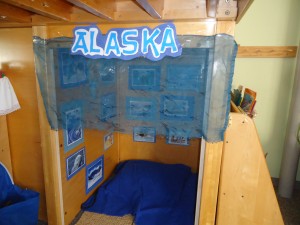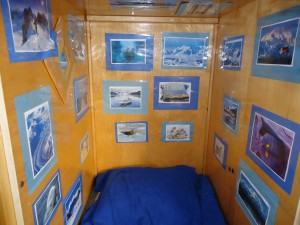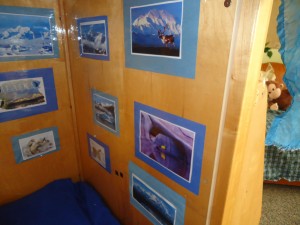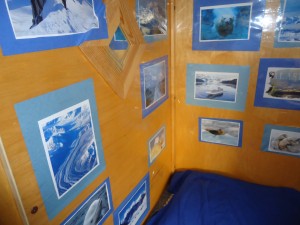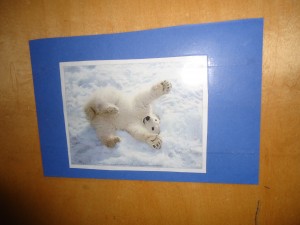Our Brand New
Alaska
“Social Emotional Corner”
Chill-Out Corner: A PositiveTool for Learning Emotional Self Regulation
How to teach children self-regulation and how to remain calm at times of temper tantrums is something that is very important to many parents and teachers.
The basic idea is that it will help diffuse situations before they escalate into chaos. Even if this doesn’t happen often young children can get overwhelmed by big emotions in their tiny bodies, whether its frustration or anger or sadness and this provides them an appropriate outlet for these because we all know big emotions can escalate into yelling, shouting, name calling, lashing out, tantrums and even physical attacks which we do not want.
Here are some of things that our visitors to Alaska can use to have privacy time , or a place just to be calm and re-center.
We have included in :
1. Music: Calming music is a good stress release that aides in relaxation.
2. Colours: Blues, Greens, Purples and Greys are said to be calming colours. Notice they are all on the cool side of the colour spectrum. Light and neutral colours that aren’t overwhelming and will help calm the soul are great to have in your calming space
3. Sense of Smell: Lavender has long been known to aide in stress relief.
4. Sensory Tactile Objects: These objects require focus and attention and have been used in calming activities with children for a long time.
5. Deep Breathing: Most children don’t know how to calm their body down and self-regulate so they need to be taught this skill. Asking them to close their eyes and take deep breathes can help but for younger children there are fun little activities that can help that require deep breathes. Tell them to take a big breath before entering the chill out corner and to use their breath in pinwheels, balloons, soft whistles and bubble blowers.
6. Reading, Drawing and Art Therapy about feelings: This gives a child the opportunity to distinguish their feelings through pictures and discuss how they might feel without directly talking about it. Art therapy is often used with older children to release negative energy and express inner feelings but for younger children just doing a big hard scribble can be a great release, ask them to draw how they feel and see what they come up with. Whether it is a picture a scribble or a bunch of hard lines doesn’t matter as long as they feel they can openly let out how they feel in an appropriate way. The idea is that it is OK to feel angry or upset, emotions are normal but what you do with them is even more important.
7. Ripping and Scrunching appropriate Objects: If it is strong emotions relating to aggression, frustration and opposition that a child experiences we can provide them with safe objects to take their feelings out on. Ripping and tearing up paper or scrunching it releases physical stress and can give the child a sense of control that they feel angry and are allowed to show it but not projected onto their self or others.
Will our Alaska Corner work for our class community ?
The idea of our ” Alaska corner ” is that children can go there when they need to calm down or when we can see they’re getting worked up or not coping with strong emotions. Once they do this and feel calmed down there is opportunity to discuss what happened and what helped improve the situation. This tool is a form of prevention and an opportunity to learn how to self-regulate, it is not a form of punishment or a ‘Naughty Corner’.
The other concept of our ” Alaska corner ” that it’s for adults too. It is important to set a good example, children learn by observation and imitation so if they see that everyone, even adults get agitated and frustrated and that its ok to to find a place to calm down or “re-center” they will follow what they see. For that reason, we encourage parents in using ” Alaska corner” philosophy at home too, if in need to re-center and calm down create drawings, play soft music ,make deep breaths or play with the meditation balls.

